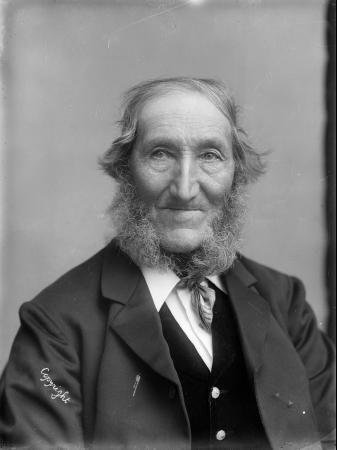582
Where did the 8-hour working day
February 8, 1840 the ship arrived in New Zealand came carpenter Samuel Parnell. He quickly found work on the construction of the store, but on the basis of its own analysis of the local labor market, set a condition: the eight-hour day. He stated that: "In the day 24 hours, including 8 hours work, 8 hours for recreation and 8 hours of sleep. And no, I do not ofigel, just up from London you have here an acute shortage of professionals. "
Free hours between work and sleep, Sam spent in the harbor, where denounced the idea before arriving immigrants. She liked everyone, including liberated convicts, and one of the gatherings in October 1840 it was decided to drop the harbor all those who agree to work longer. The attraction of the idea and the fear of punishment probably contributed to the fact that the new scheme of life of workers "888" quickly spread throughout New Zealand and spread to Australia. Not without strikes and demonstrations, of course. And as the head of the movement for the eight-hour day were the builders, even today some of the old buildings in New Zealand and Australia can be proud to see three eights.
Generally, these two colonies of the British Empire, built by hard labor in the literal and figurative sense, were always on the cutting edge of social reform the world. Minimum Wage (1824), universal suffrage (1893), old-age pension (1898).
via generationnews

Source:
Free hours between work and sleep, Sam spent in the harbor, where denounced the idea before arriving immigrants. She liked everyone, including liberated convicts, and one of the gatherings in October 1840 it was decided to drop the harbor all those who agree to work longer. The attraction of the idea and the fear of punishment probably contributed to the fact that the new scheme of life of workers "888" quickly spread throughout New Zealand and spread to Australia. Not without strikes and demonstrations, of course. And as the head of the movement for the eight-hour day were the builders, even today some of the old buildings in New Zealand and Australia can be proud to see three eights.
Generally, these two colonies of the British Empire, built by hard labor in the literal and figurative sense, were always on the cutting edge of social reform the world. Minimum Wage (1824), universal suffrage (1893), old-age pension (1898).
via generationnews

Source:
























